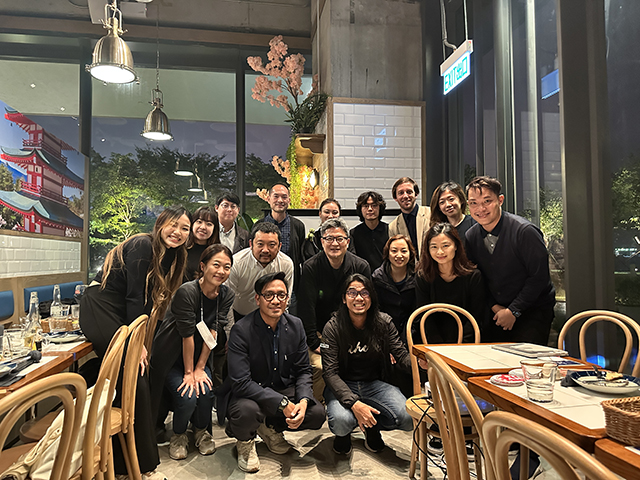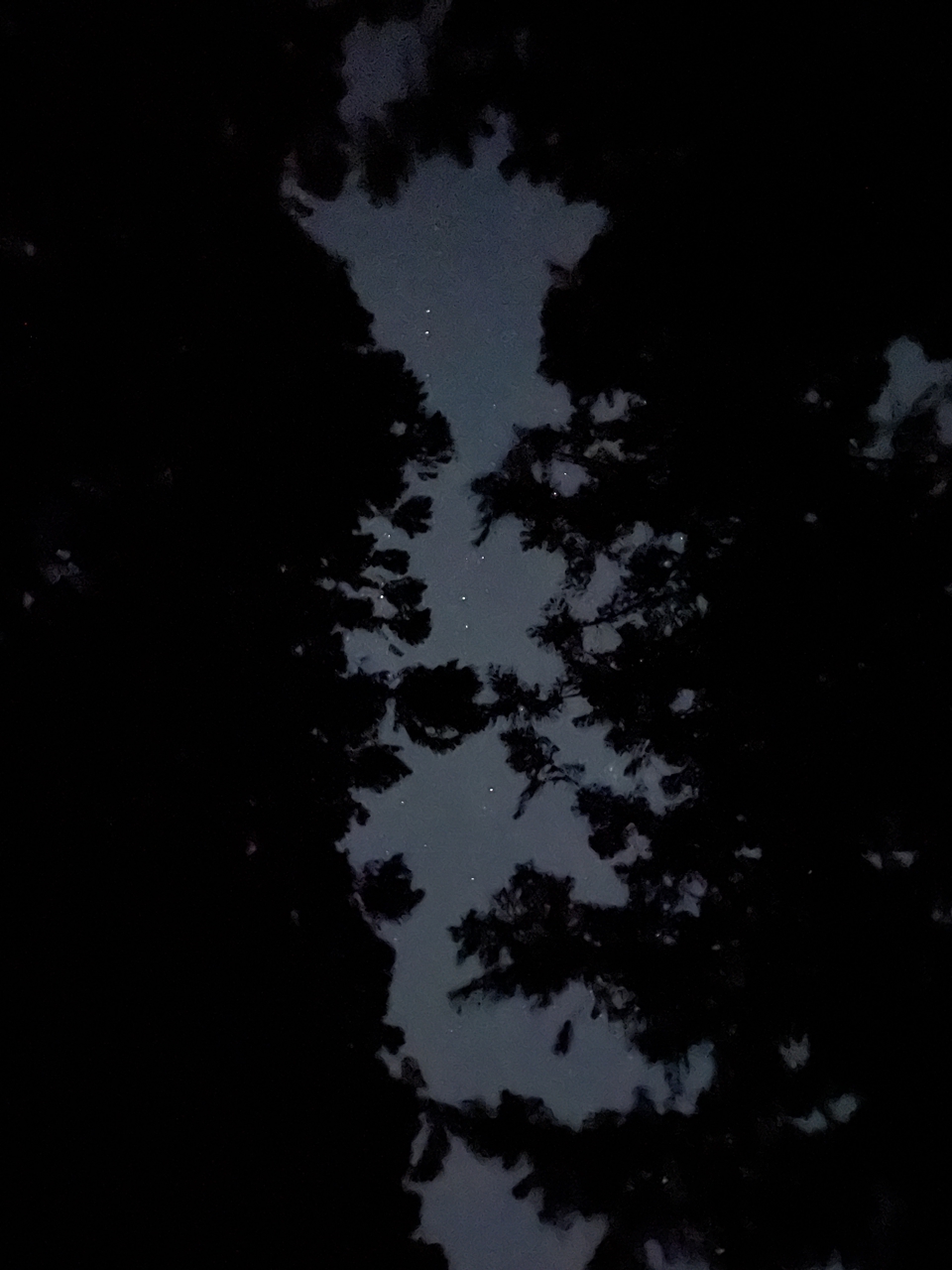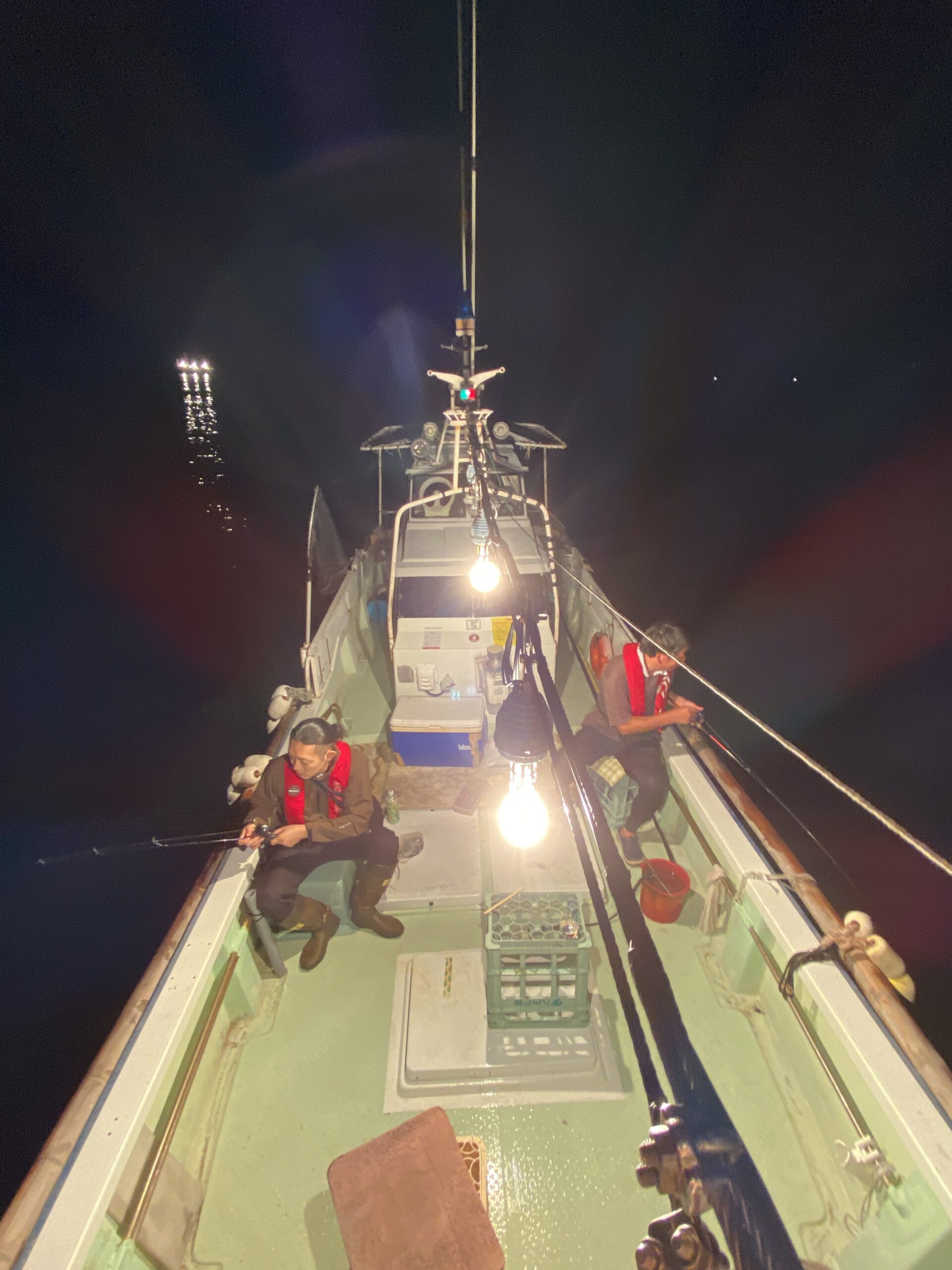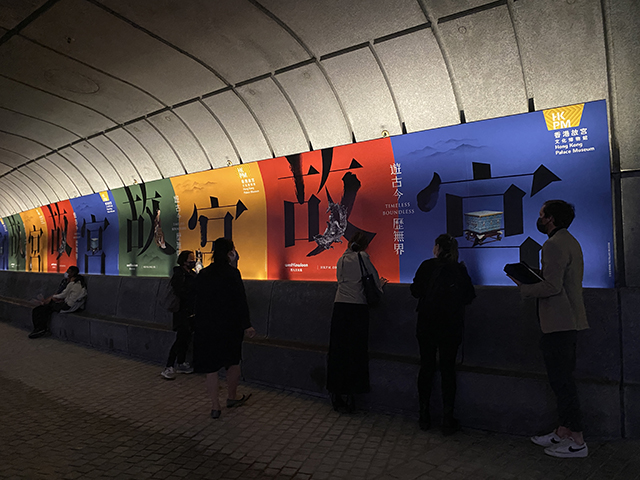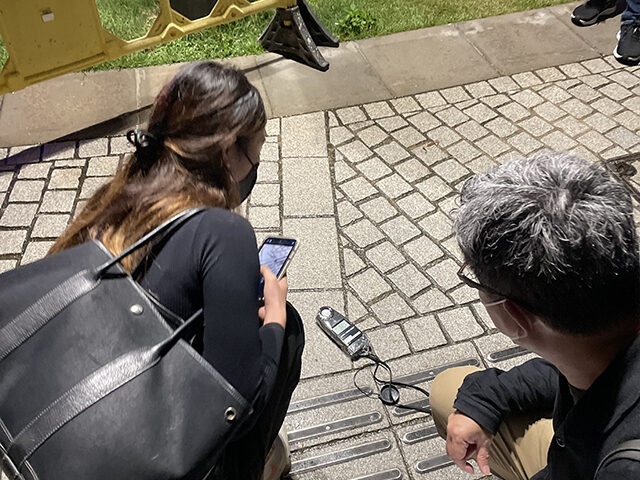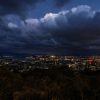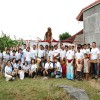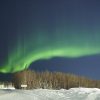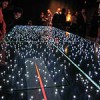Date of Issue: December 22, 2022
・Activity 1/ City Night Survey : Tsushima Fishing Fire(2022.09.30-10.02)
・Activity 2/ Night Walk in Hong Kong(2022.11.24)
City Night Survey : Tsushima Fishing Fire
2022.09.30-10.02 Momoko Muraoka + Hikaru Kimura + Akemi Sasamoto
Squid, the local specialty of Tsushima, are caught at night. The view of fishing fire illuminating the horizon is not a planned lighting environment, but a nightscape that naturally emerges from the livelihood of local fishermen.
To explore this scenery of “light from daily life,” we visited Tsushima and boarded a fishing boat to experience night fishing. Under a sky full of stars, we documented the striking contrast between the vast shadowed sea and the line of fishing fires along the horizon.
The interplay of starlight, fishing fire, and their faint reflections on the water revealed a beauty entirely different from that of urban lighting design. Through this survey, we were able to appreciate not only the outcome of the fishing itself, but also how light is deeply intertwined with the culture and daily life of the region.
■Boarding the Squid Fishing Boat
Night fishing with lights (called “yodaki”) is a traditional fishing method that makes use of the phototactic nature of fish—their instinct to gather toward light. Its origin dates back to ancient times, and while the light sources themselves have changed over the centuries, the practice of kindling lights at sea remains the same. The nightscape of fishing fires has thus continued as a scenery born from the daily livelihood of local fishermen.
That this night view is cherished as a distinctive landscape of the region is evident from the existence of Fishing Fire Park, a hilltop vantage point located near the central town of Tsushima. Before our visit, we sought to understand the conditions: At what time do the lights appear? How are they influenced by the day of the week, weather, or season? Would it be possible to actually board a fishing boat? With these questions in mind, we conducted preliminary research.
Our aim was to capture the fishing fires from two perspectives: as a landscape and as an experience of becoming one point of light within it. The Tsushima Tourism Association and local captains kindly supported us, eventually leading to an arrangement with the vessel Masatsunemaru, which would take us out to the island’s eastern waters—an area where many fishing fires were expected during our scheduled stay. They also advised us on the best viewpoints from land, noting how the appearance of fishing fires differs depending on orientation.
We learned that the squid fishing boats typically depart around 4 p.m. and begin lighting their lamps once offshore. How bright would the lights be? How strongly would the fish be drawn to them? How would this appear as a nightscape? Carrying these many questions—along with a small worry about seasickness—we boarded the boat under perfectly calm seas and a clear sky. (Momoko Muraoka)
■Setting Out to Sea on the Masatsunemaru
We left port a little later than planned, shortly after 7 p.m. The wind rushing across the deck was exhilarating, and I was struck by the depth of black in the mountain silhouettes and the density of stars overhead.
After about fifteen minutes at sea, the boat came to a halt, and the Masatsunemaru’s fishing lights were switched on. A blaze of brightness and heat poured forth. For a moment I worried—would my eyes, already adapted to the darkness, still be able to perceive the night sky and the other fishing fires around us? That concern soon faded. There they were: clusters of fishing fires illuminating the horizon in the far distance; the fishing light from a fellow squid boat, captained by a friend, stationed only about 50 meters away; and above us, the vast canopy of stars. Flickers from these varying distances emerged distinctly before my eyes, layering sea, fire, and sky into a single breathtaking scene.



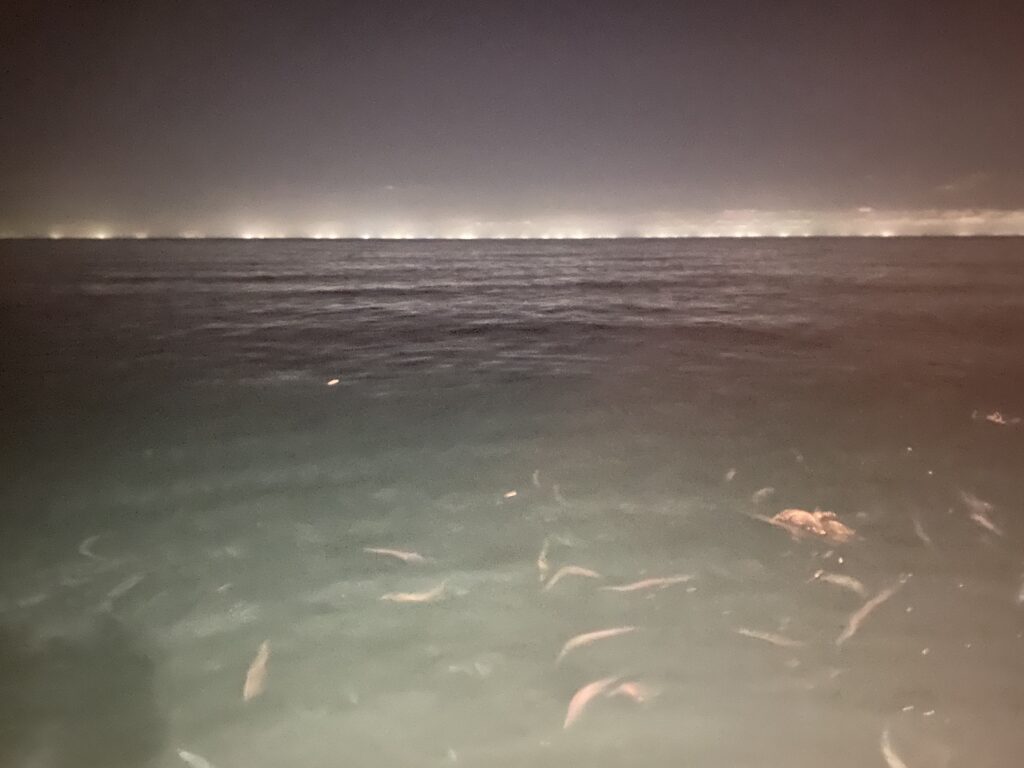
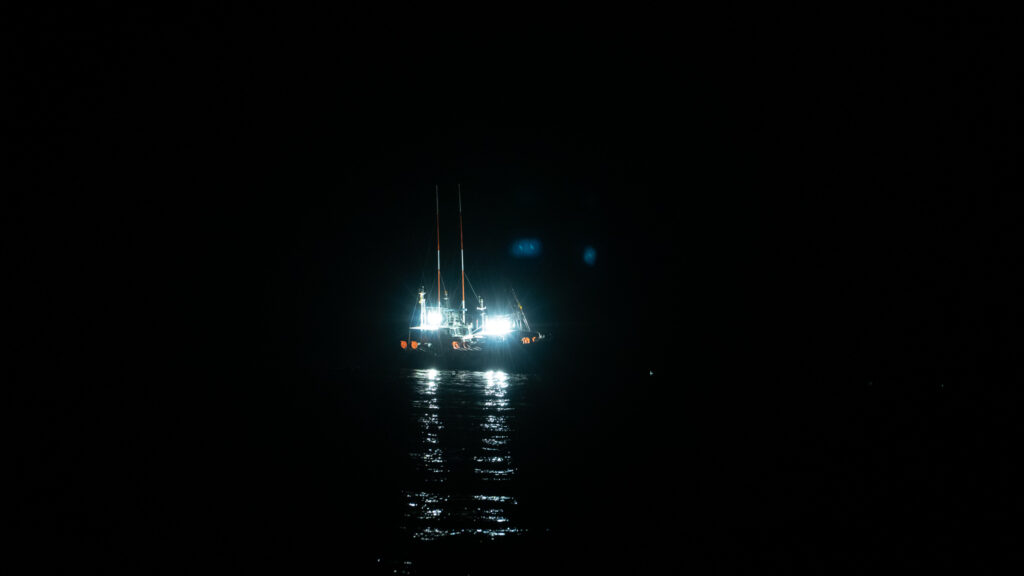
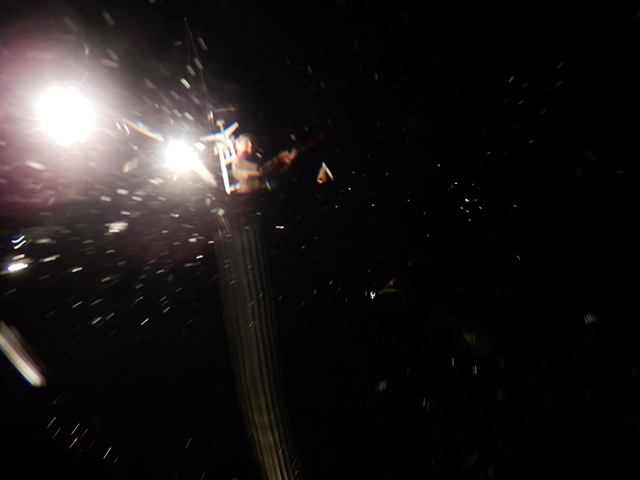
On deck, under two high-output lamps of warm, incandescent tone, the central brightness measured 524 lux. From a squid fishing boat about 50 meters away, the glow of its fishing lights registered between 65 and 145 cd/m². Most of the squid boats were anchored some 15 kilometers off, their fires turning into a kind of celestial glow that lit the horizon. The variations in brightness revealed the spacing between vessels. The scene was mesmerizing, reminiscent of Hiroshi Sugimoto’s Seascapes series.
What astonished me most, however, was the sheer number of mackerel, pufferfish, and squid drawn to the lights, and the sound of them breaking the water’s surface. The mackerel and pufferfish, hovering just beneath the surface, shimmered brilliantly in the glow of the fishing lamps.
We had anchored over waters about 50 meters deep. The captain patiently explained how to gauge the depth where squid gathered by watching the color markings on the fishing line as it was reeled in. Yet, despite the spectacle of countless squid darting and flashing before our eyes, our catch amounted to only ten in total—of which the captain himself landed four. (Momoko Muraoka)
■Fishing Fires Seen from the Boat
The night air was a little chilly, and at first I worried about the cold, but excitement at the sight of the fishing fires and concentration on the squid fishing soon made me sweat lightly without realizing it. Our own boat and a larger vessel about 50 meters away burned bright white lamps for fishing, while the rest of the activity took place beyond the horizon. Above the horizon, white light spread like a haze, and above it, stars glittered against the black sky. The sea revealed a layered vision: near the horizon it appeared dark and black in contrast to the fishing fires, but closer to us it grew brighter again, creating not a simple gradation but a stratified layering of light unlike anything I had ever experienced.
In this survey, our aim was to capture and record this singular condition of the nighttime sea. We experimented with various methods: steadying the camera while absorbing the boat’s sway through our knees, attaching a gimbal to a smartphone, or fixing an underwater camera to a long selfie stick to shoot from beneath the surface. These approaches went beyond conventional techniques, reflecting our trial-and-error attempts to convey an unfamiliar situation so different from how we usually observe the city. I hope the results can communicate at least a fragment of this experience. (Hikaru Kimura)

■Two Types of Fishing Lamps
The next day, we headed to Takahama Fishing Cooperative in Mitsushima Town. With some determination, we approached a group of fishermen and were fortunate to have the captain of the Gyoseimaru allow us to investigate his boat. He pulled the vessel closer and invited us aboard. Hanging from the boat were six lamps, alternating between large and small types.
“These are fishing lamps,” he explained. “Both are 3kW. The large ones give off white light, the small ones red. Nowadays, we mostly use the small ones. The big ones eat up too much fuel—so we save energy. Back in the day, we only used the big lamps, but the small ones attract squid just as well. In fact, the big ones bring in fish that drive the squid away. With those, you won’t catch squid. Want me to light them up for you?”
With a roar, he started the engine and first lit one of the smaller lamps. Under the clear autumn sky, a warm, reddish glow appeared—this was the light that would draw in squid at night. Then he switched on a large lamp. At first it emitted a pale bluish light, then shifted to orange, and finally flared into a brilliant white. Even in broad daylight, it was dazzlingly bright and intensely hot, burning the skin if it came close to one’s face. In fact, the fishermen told us, you can get sunburned just from its glare. The vast horizon of Tsushima illuminated by countless fishing fires at night is, in fact, composed of these individual lamps, one by one. Though the Gyoseimaru was currently on break, come winter it would again take its place as one of those luminous points on the horizon. (Akemi Sasamoto)
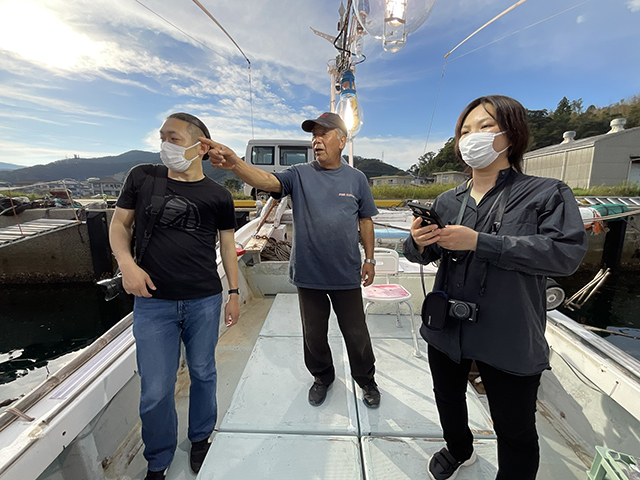
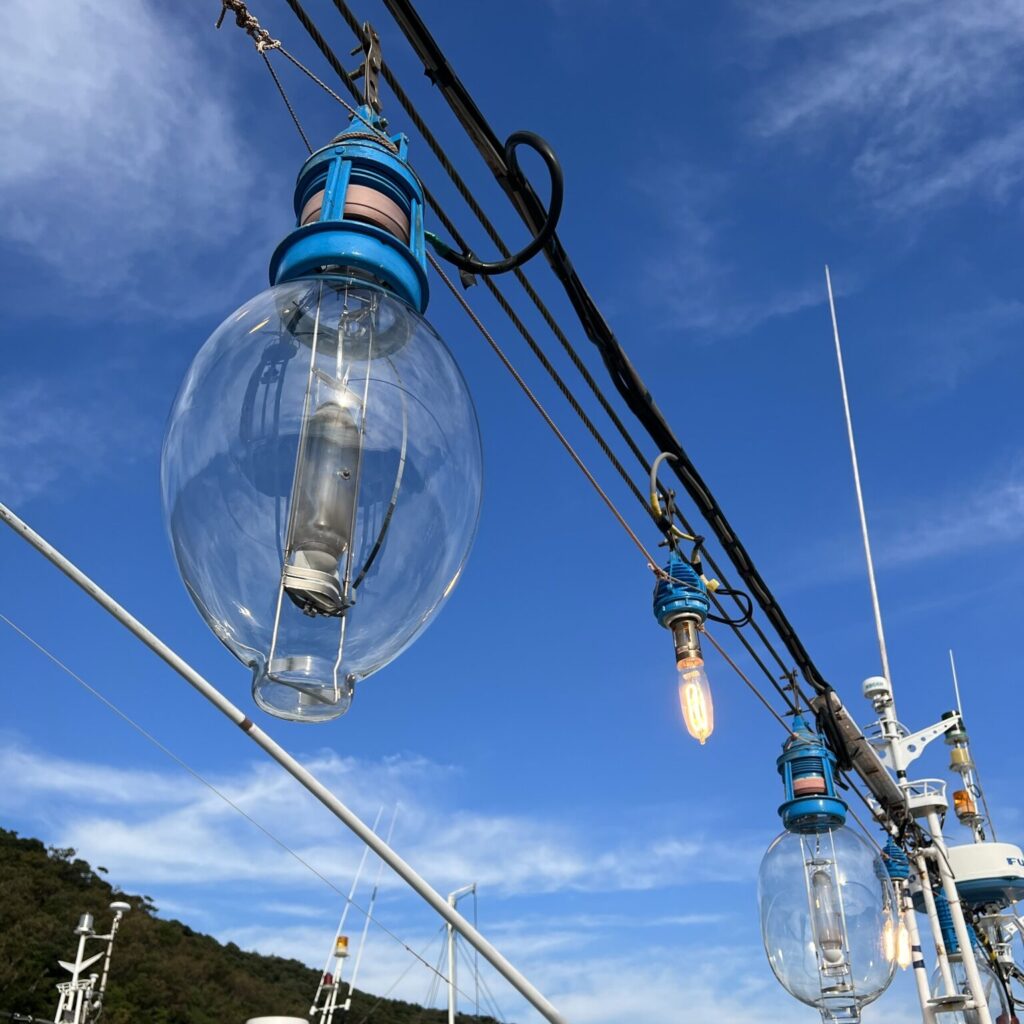
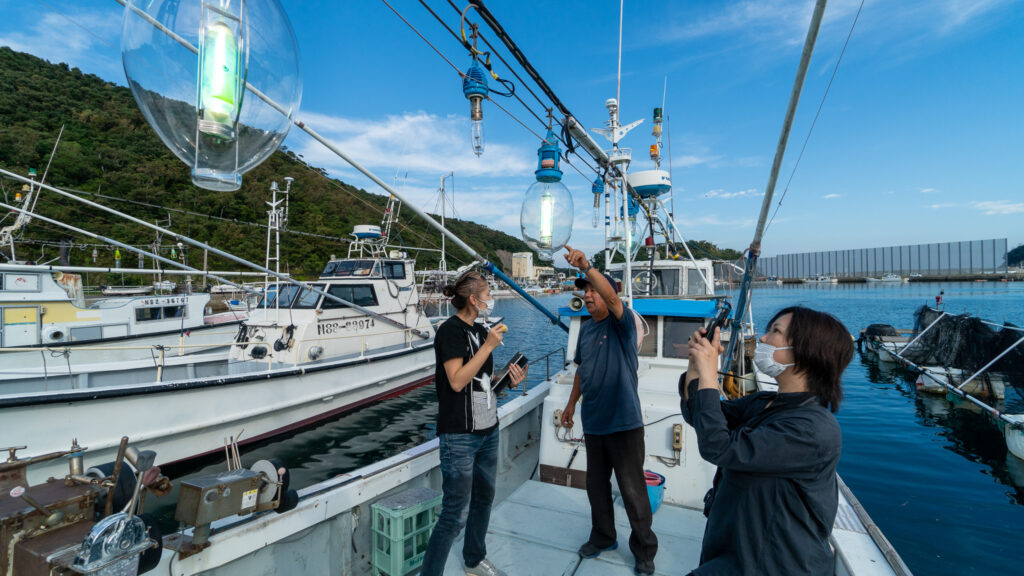

■Fishing Fires from a Distance
As dusk fell and the sky gradually deepened into a rich blue, the fishing fires began to appear, one by one, from boats close to the island. By the time the first evening star became visible, tiny points of light had started to dot the horizon, and soon the entire horizon was filled with fishing fires. The sheer scale of the glowing line of lights stretching as far as the eye could see was overwhelming— so moving that I found myself gasping aloud in awe.
From a hilltop vantage point, the fishing fires shone brilliantly, their actual light sources twinkling— a view we hadn’t had from the fishing boat the night before. Although the weather was clear, a faint haze softened the sky, causing the glow of each fire to blur upward into the air. The effect was so strong that one could only see the stars by looking straight overhead; the rest of the sky was lit by the fishing fires. I had hoped to capture both the stars and the fires in a single photograph, but unfortunately it was not possible.
From the fishing boat, most of the lights had seemed white, but from the hillside many appeared red. Reviewing my photographs later, I realized that the red lights showed up as small, sharp points, while the white ones spread out in a diffuse glow across the sky. Out at sea, we had only been seeing the light scattered into the sky from beyond the horizon, which explained why the white lamps looked hazier. I suspect that the difference stems from the distinct wavelengths of red and white light, with each scattering differently in the atmosphere.
It was a striking phenomenon to witness firsthand—and it made me wonder: perhaps underwater, the squid perceive the fishing fires in yet another way entirely. My fascination with these lights only continues to deepen. (Hikaru Kimura)

■Izuhara, the central town
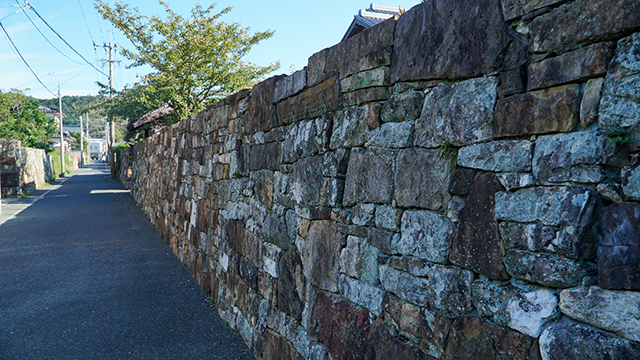
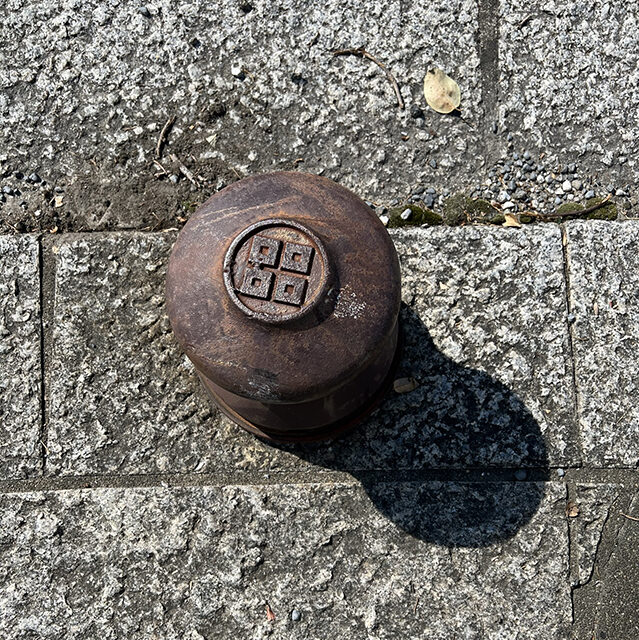
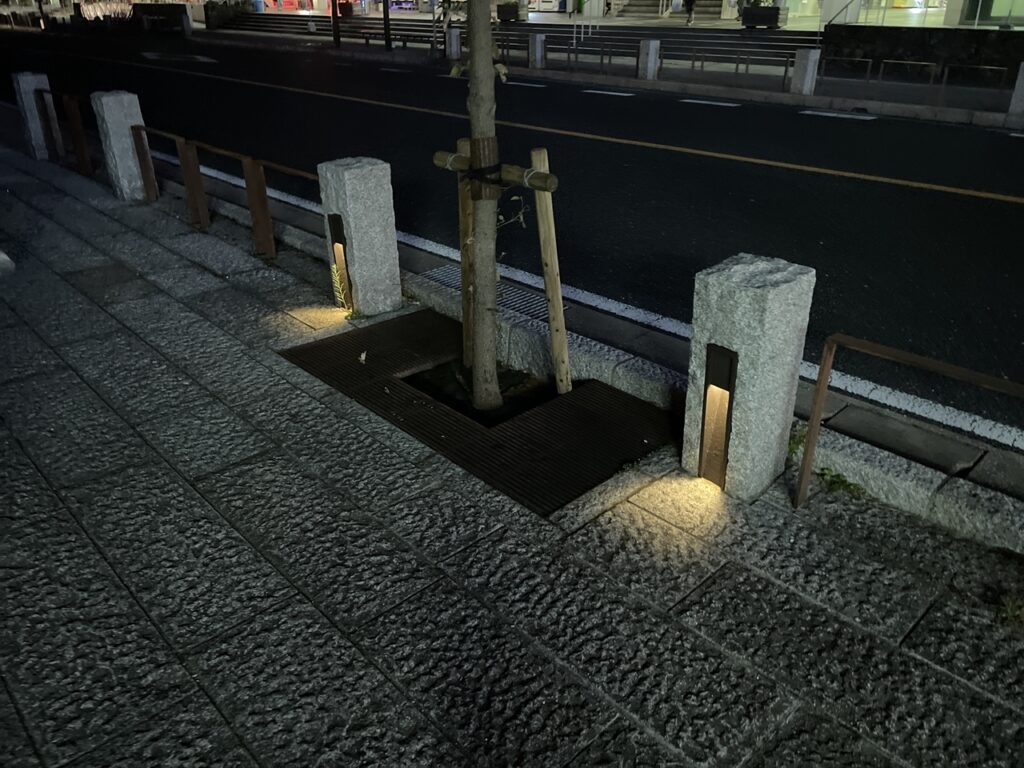
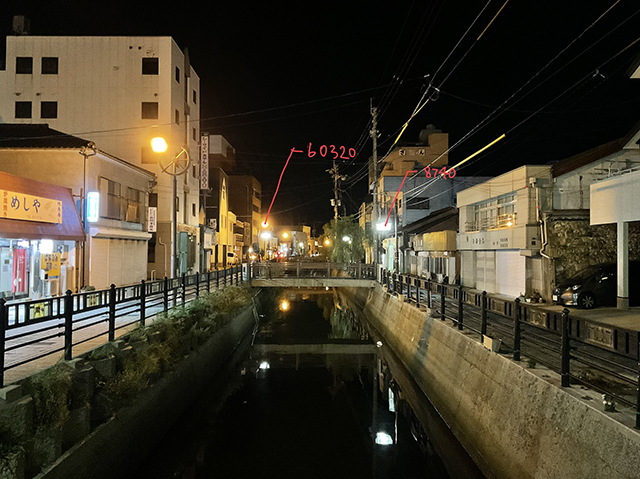
Izuhara, the central town of Tsushima, is a delightful place for strolling, with its beautiful stone walls, scattered historic sites, and waterfront where small boats are moored. Even the streetlights and bollard lamps bear the crest of the Sō clan—the former feudal lords of Tsushima—lending a sense of history to the town’s lighting design. Yet, after sunset, the charm of this picturesque streetscape is sometimes diminished by overly bright, intrusive lighting. The glowing hotel logos, casting a blue tint across Izuhara’s night sky, are particularly striking; on cloudy nights their reach surely extends even farther. The brightness of the drugstore’s parking lot, meanwhile, is dazzling to the point of discomfort. It is evident that the amount of light used by nationwide chain stores and hotels should be adjusted to harmonize with their surroundings. It is deeply regrettable that the beauty of Tsushima’s night sky is being eroded in this way. (Momoko Muraoka)
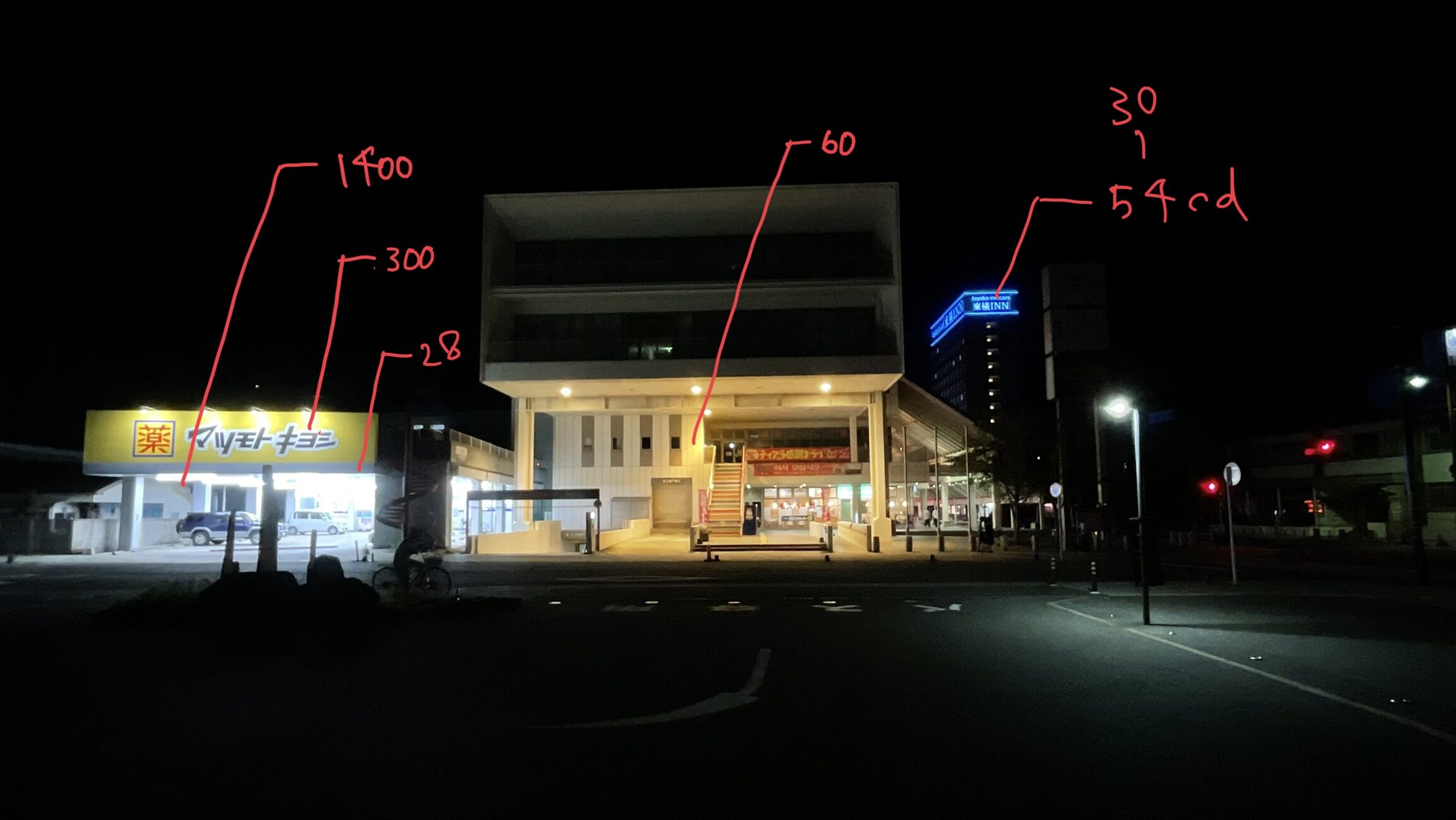
■Extra Episode Aboard the Masatsune-maru (Tonight’s Neighbor’s Dinner in Tsushima)
Seasick and unable to continue with the night fishing, I ended up being graciously welcomed into the captain’s family home.
“Sorry to trouble you, and thank you for having me,” I said. The walls were covered with photos of grandchildren and great-grandchildren, along with calligraphy name scrolls—an immediate sign of how close and warm the family must be. “You should just rest. Seasickness can’t be helped—I know it’s rough.” The captain’s father’s gentle words touched me. I lay down right away on a cushion beside the low table with the built-in sunken kotatsu.
“Shall I make you some tea?” “Would you like some brown sugar?” “Why not watch TV a little?”“Oh, really? Thank you so much—sorry for the trouble.” To my surprise, I ended up spending a truly relaxing time, sipping tea and chatting. Then came the question: “Would you like some squid?” “What, really? Yes, please!”
It turned out they were offering me the very squid we had just caught earlier on the boat. Since I’d missed the chance to eat it fresh at sea, I was honestly overjoyed. Before long, out came a heaping plate of finely sliced ika-sōmen. The glistening strands looked plump and delicious. “Dip it with this,” they said, handing me not only soy sauce, but also yuzu-kosho (citrus chili pepper). Wait— yuzu-kosho with sashimi? I had never tried that combination before. With some hesitation, I mixed the peppery paste into the soy sauce and dipped the squid. “…Wow! This is amazing.” The sweet, rich flavor of the squid became strikingly fresh with the fragrance of yuzu-kosho. It was a perfect match. Soon after, the table filled with rice, kinpura (fried root vegetables), simmered hijiki, pickled myōga, and cucumbers.
“Tsushima’s hijiki is delicious, isn’t it? See, the pieces aren’t small.” Indeed, they were larger, plump, and slightly sweet—a real treat. I immediately decided I would take home some sashimi soy sauce, yuzu-kosho, and hijiki seaweed as souvenirs.
Full and deeply satisfied, I realized that although I had given up on fishing, I had gained something even more memorable. I was truly glad I had chosen the Masatsune-maru. The teamwork of the captain and his father—providing both a fishing trip and a warm family refuge—was nothing short of remarkable. Honestly, the option of returning to land mid-trip for seasickness isn’t something you find often. Next time, I’ll definitely ride the Masatsune-maru again. And I look forward to seeing them soon. (Akemi Sasamoto)
Night Walk in Hong Kong
West Kowloon Cultural Distirict
2022.11.24 Bryan Yan
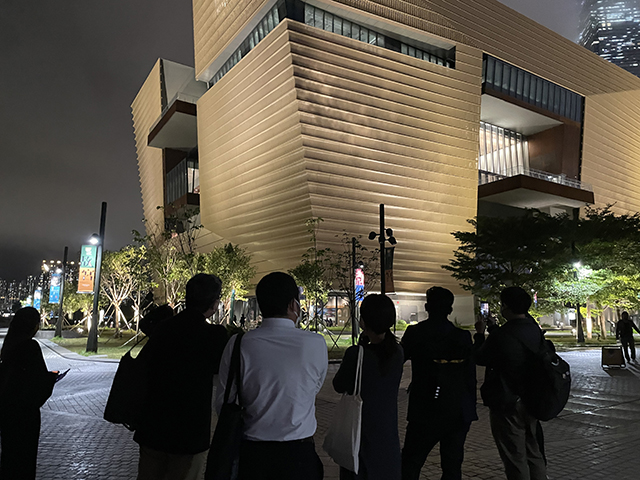
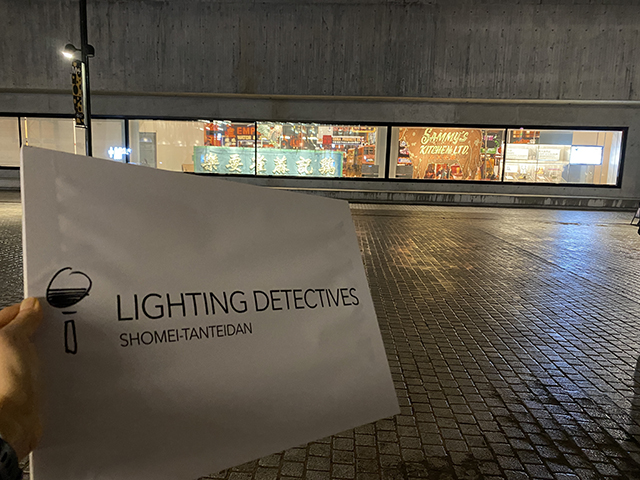
After long pause of the activates, HongKong
detectives finally made one night walk event at the West Kowloon Cultural District. We invited various professions in architecture, interior and lighting design to join us, and 17 people perticipated.
It has been 6 years since the last Lighting Detective event in 2016 in Hong Kong. Lighting Detectives event was organized after three years COVID-19.
Although there are still some restrictions on the gathering due to COVI D -19 in Hong Kong, it cannot stop our passion to explore interesting places at nighttime.
West Kowloon Cultural area is one of the most exciting places in Hong Kong recently. Huge landscape area for people to gather and enjoy the fresh air. New modern art museum M+ and Palace Museum are the attraction spots for people. How the lighting is facilitated in this new development area. We also explored how they were planned and designed to meet the people needs and to the community.
The night walk event was completed with a lot of joy. Throughout the night walk, our guests found some interesting points of view and rethought about the lighting’s purpose and what the appropriate lighting should be. Lighting design for a city is always evolving with the perception of people. By exploring and discussion, we will know more about what we need. (Bryan Yan)
